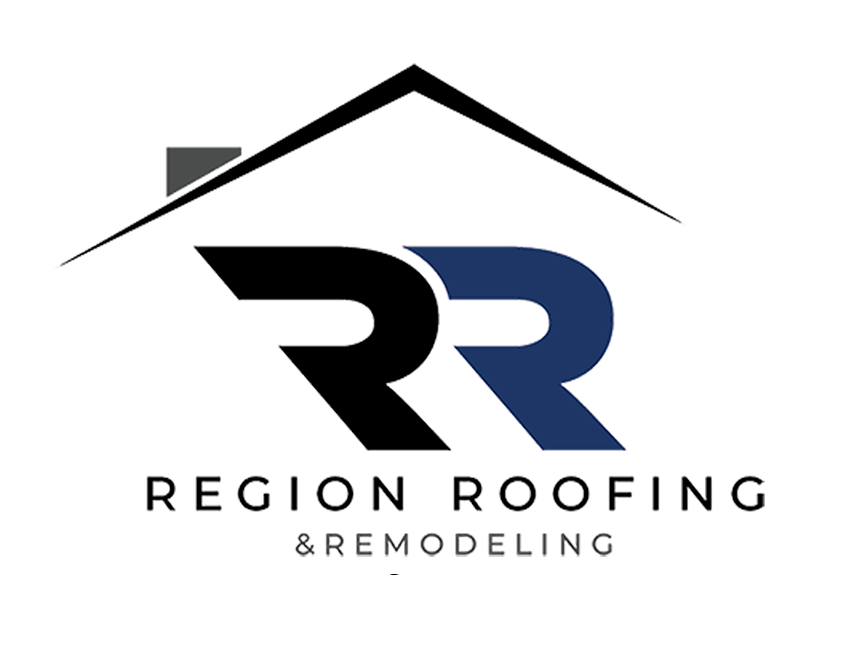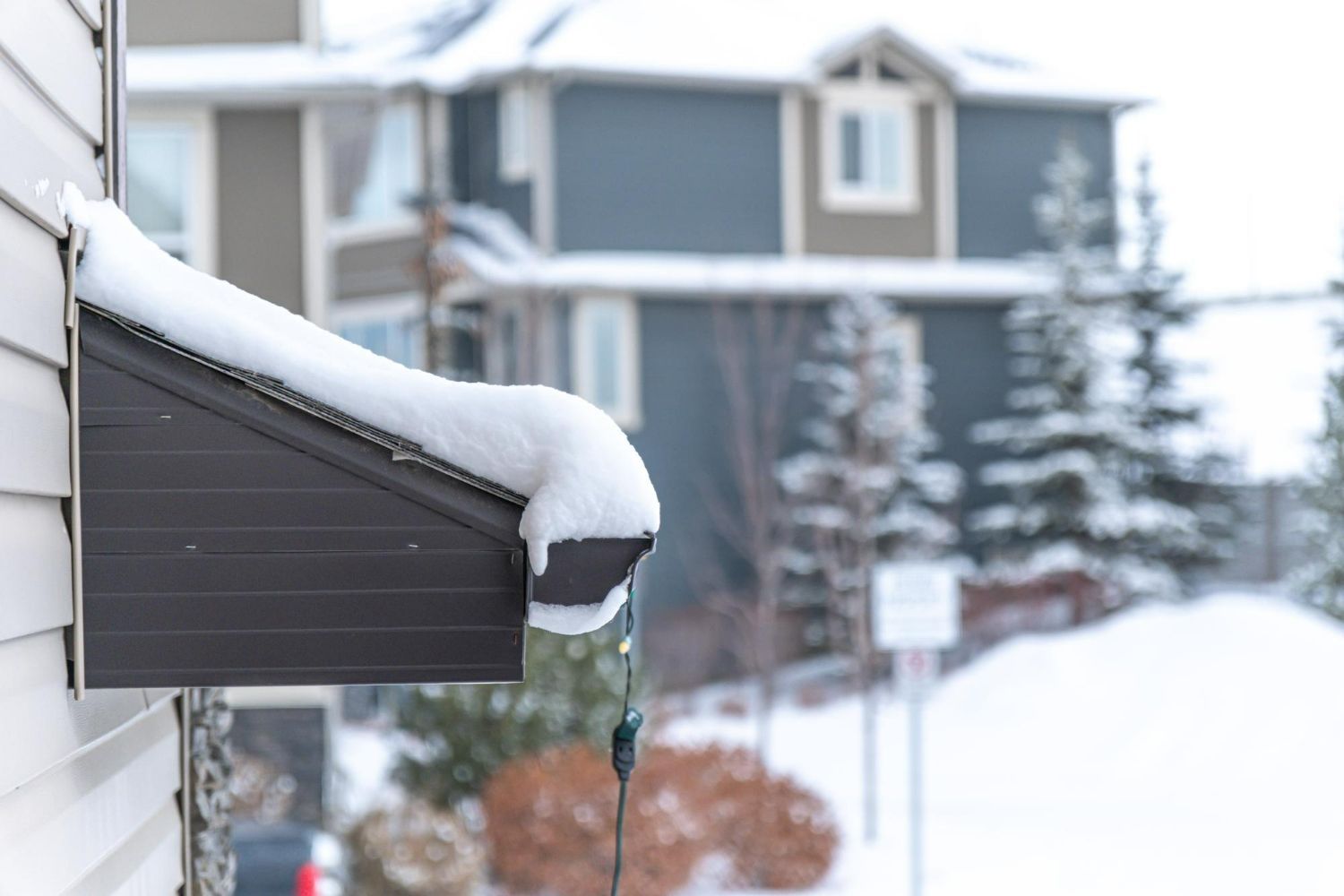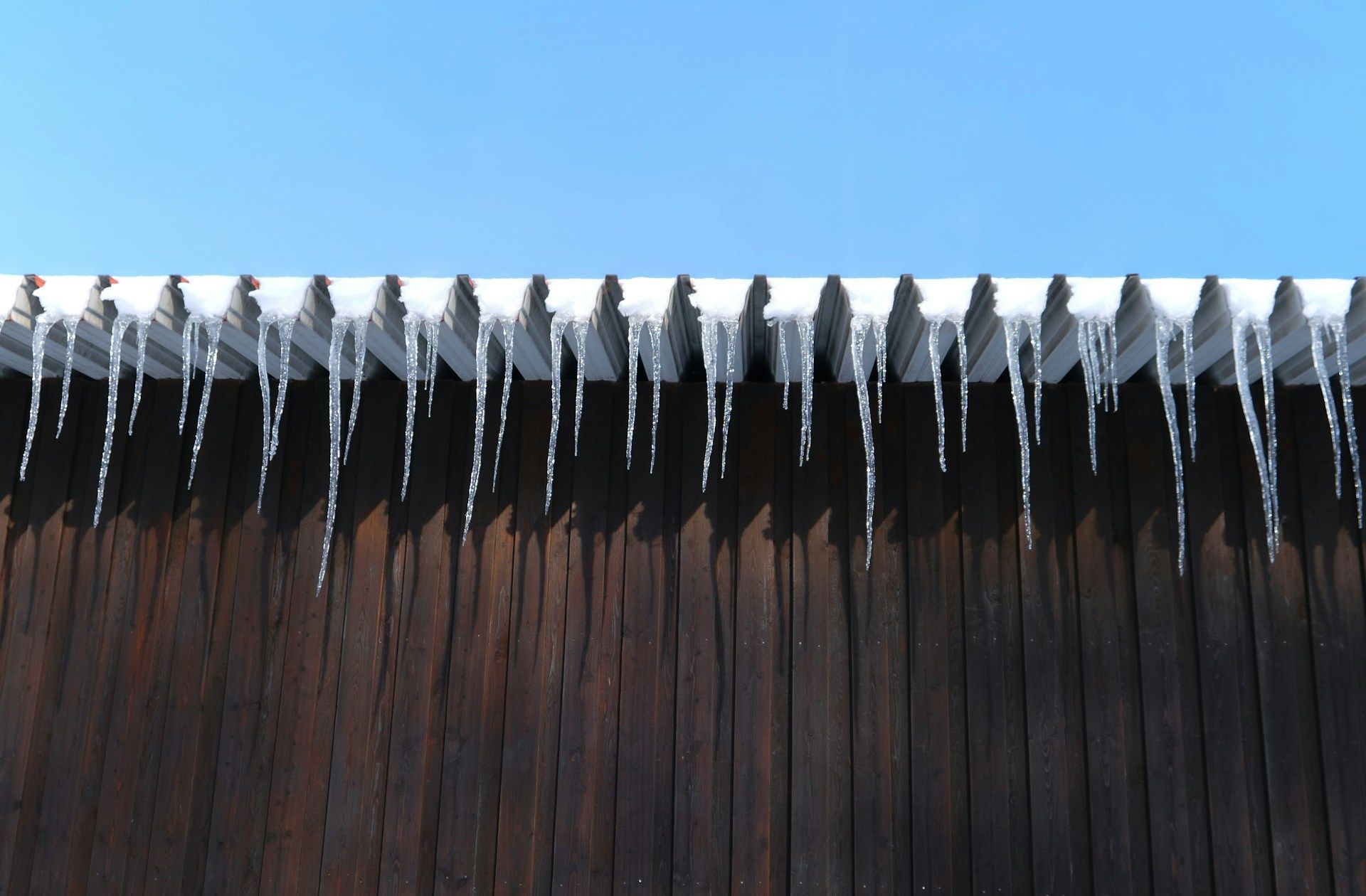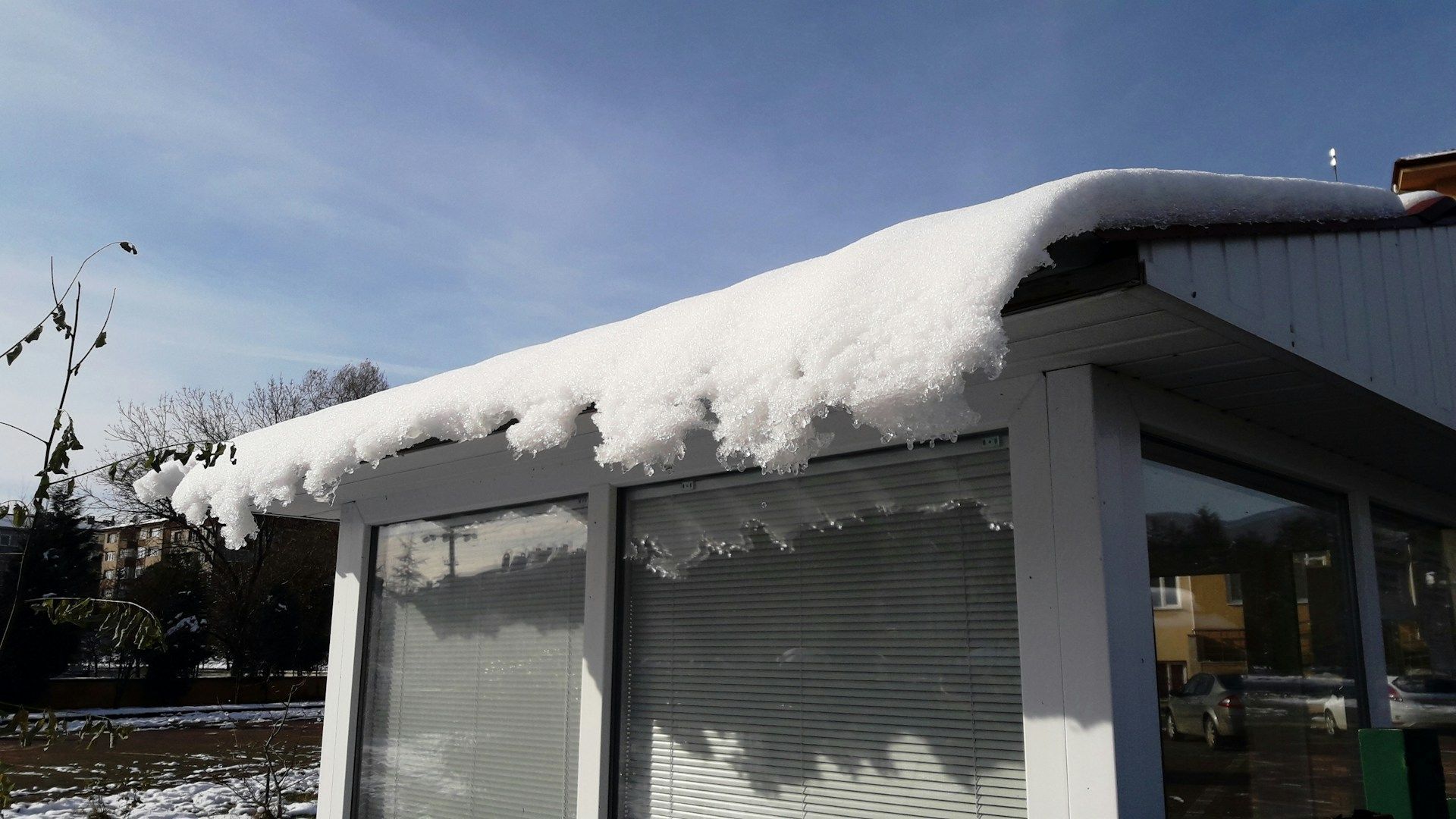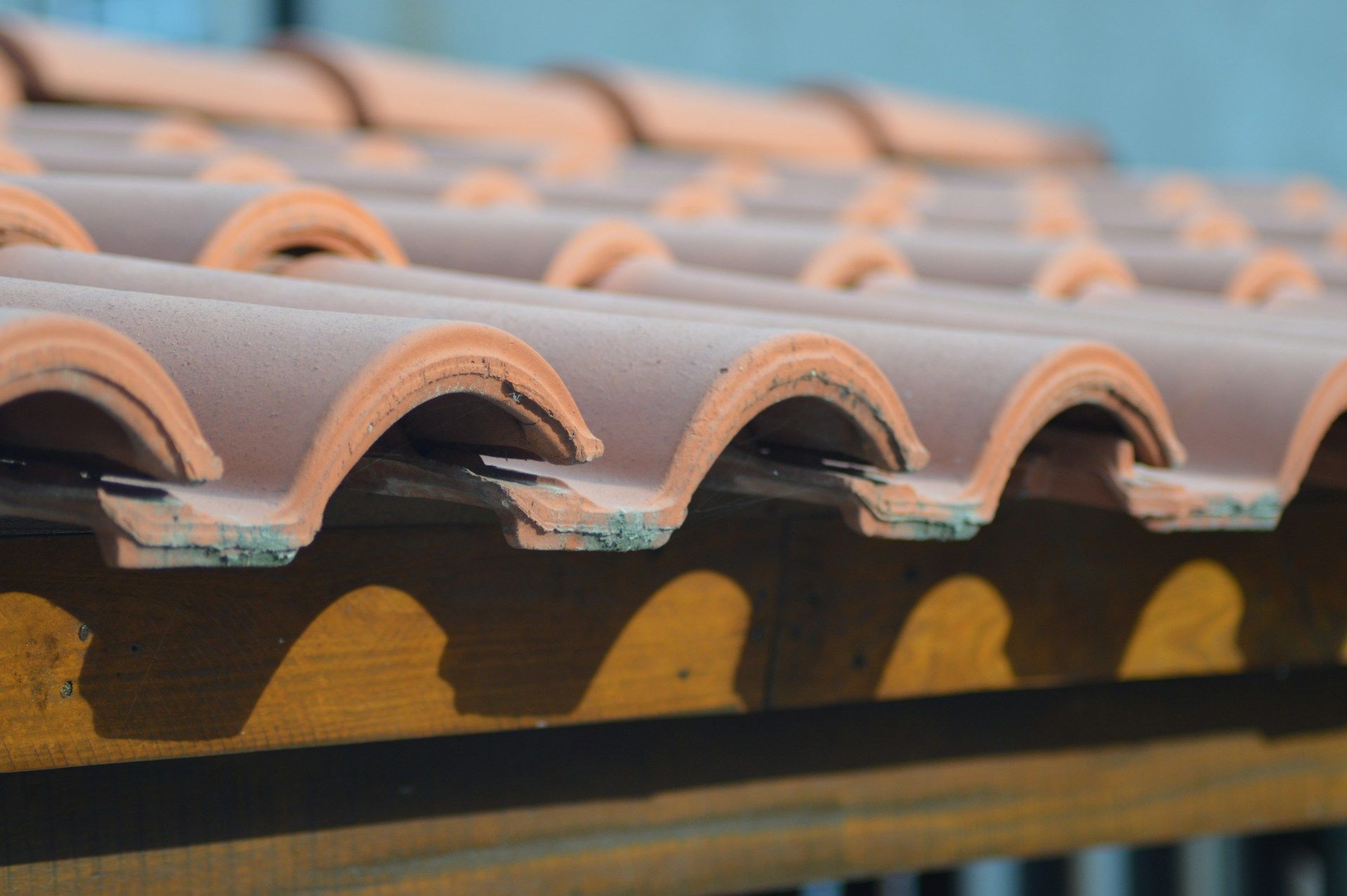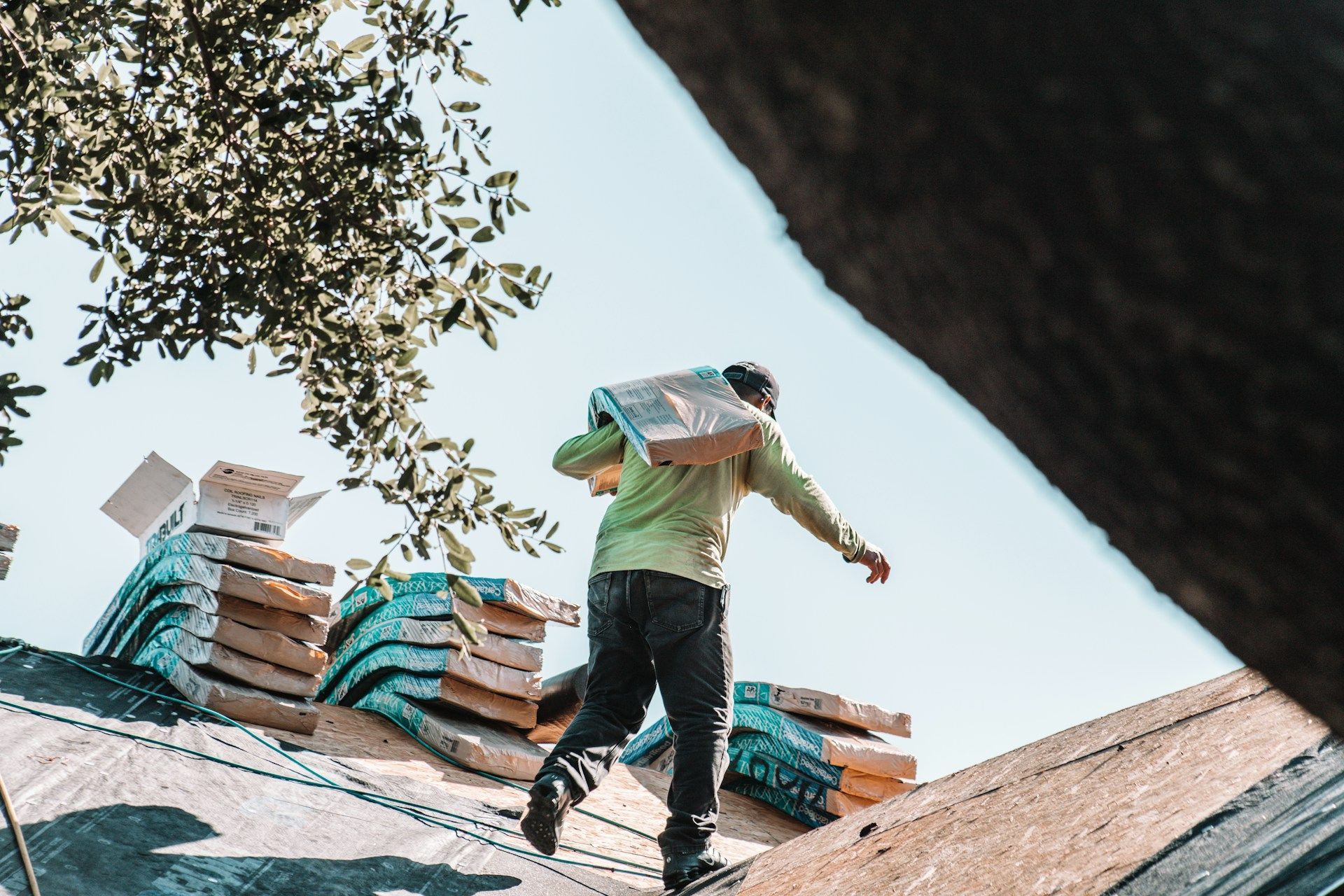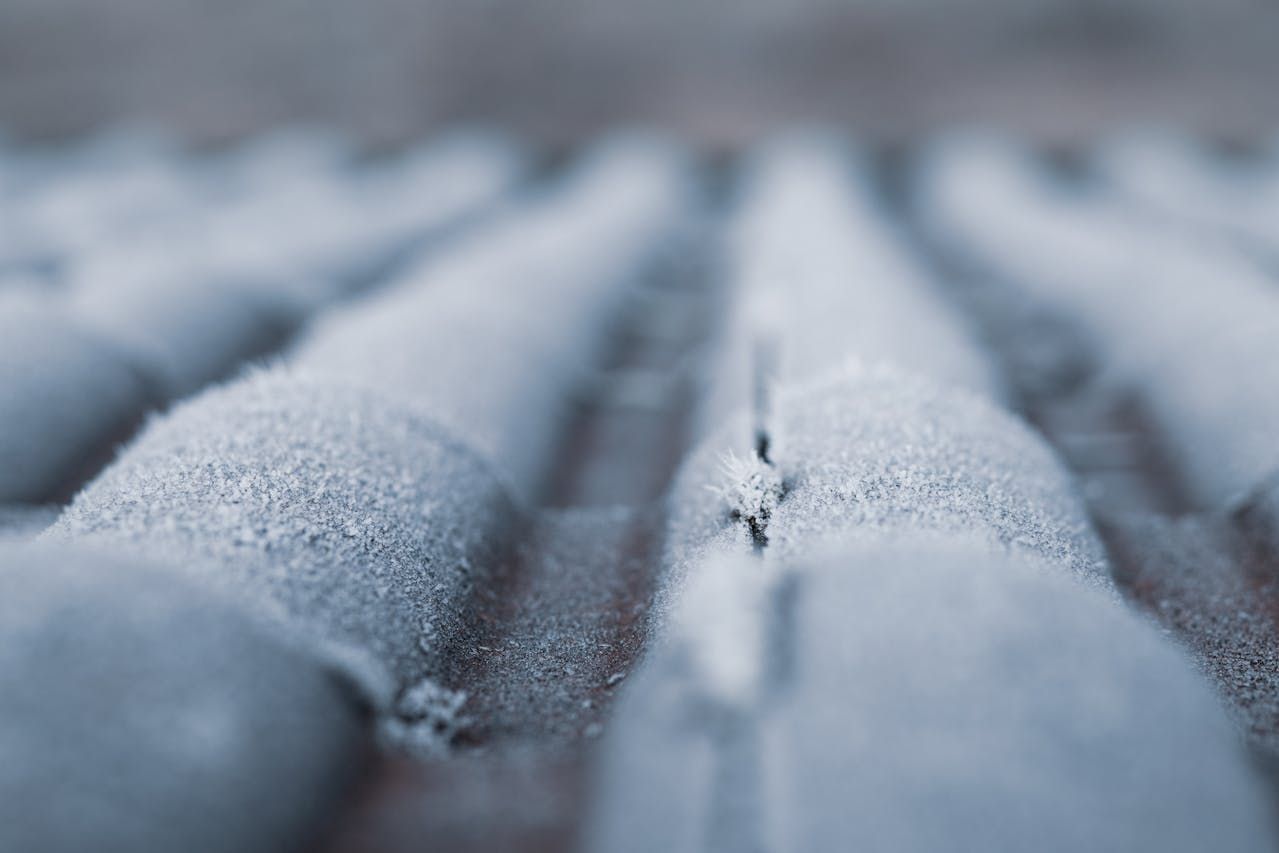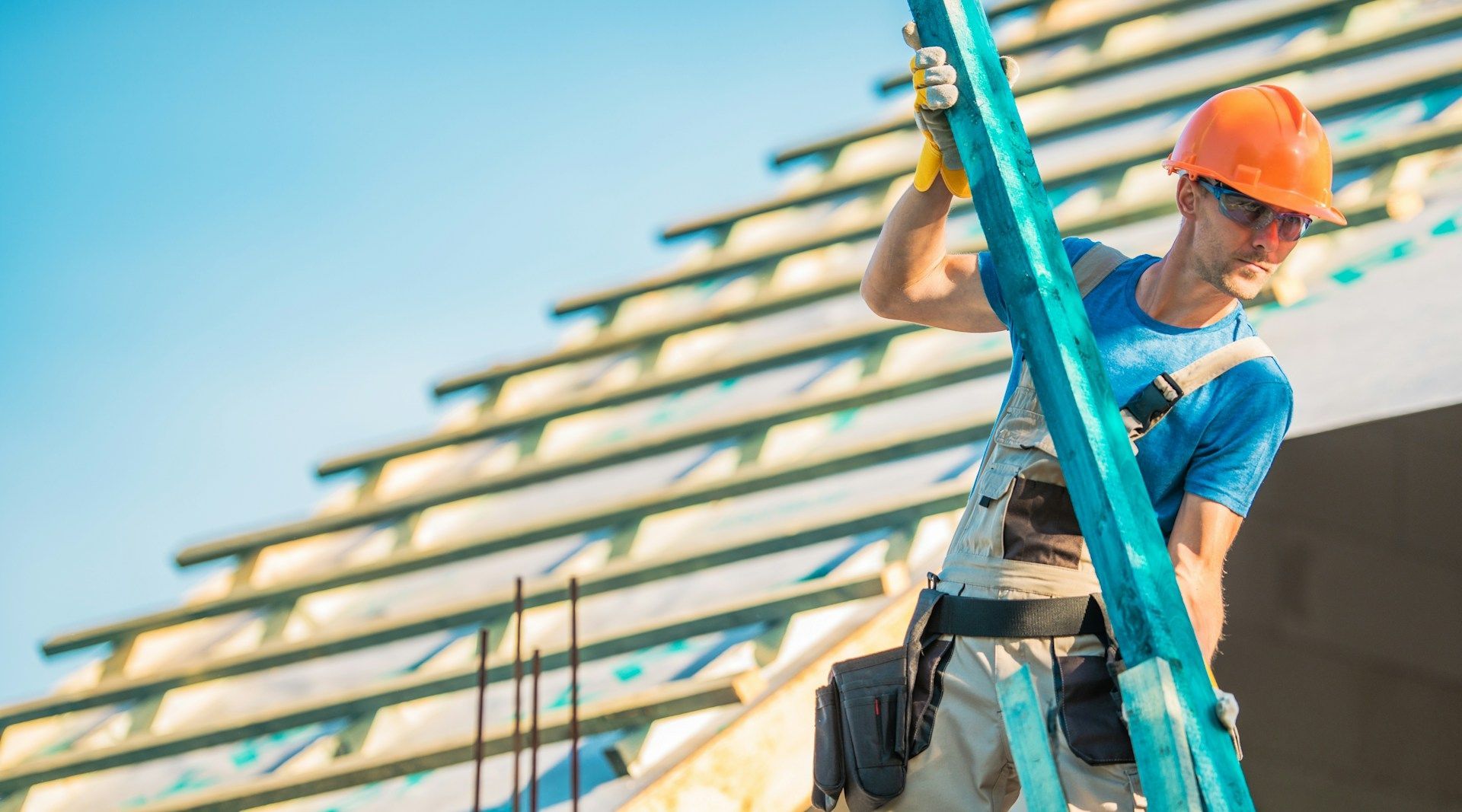Protecting Your Home's Exterior During Rainy Seasons
Rainy seasons can be tough on your home, especially the exterior. With all the wind and rain, water can sneak into places and start causing trouble before you even notice. Your home's first line of defense is its exterior, which deals with everything the sky throws down. Keeping it in top shape helps avoid leaks, mold, and other issues that come from unchecked rain.
Even small steps can make a huge difference in protecting your home. From understanding which areas are at risk to using the right waterproofing methods, staying prepared means fewer worries when the rainy days roll in. Knowing how to provide care and maintenance helps in battling any water trying to find its way inside.
Staying vigilant about potential water damage and learning how to spot it early will save you time and money. So, don’t wait until the sky opens up. Taking action now to shield your home will leave you peaceful, knowing your home is rain-ready and well-protected.
Identifying Vulnerable Areas of Your Home's Exterior
Protecting your home's exterior starts with recognizing where rain could do some damage. Several key areas need attention.
- Roofs:
Roofs are prime targets for rain. Water can slip under damaged shingles or tiles and start leaking into your house. Over time, this can lead to rot, mold, and structure problems. Inspect your roof regularly for missing or cracked shingles to ensure it stays watertight.
- Gutters:
Gutters help direct water away from your home, but they can fill up with leaves and debris. Clogged gutters cause water to overflow, leading to damage on walls, siding, and foundations. Ensure they’re clear so water flows smoothly away from your house.
- Siding:
Rain can find its way through siding gaps. With enough exposure, it can break down the siding material itself. Make sure there are no visible gaps and that your siding is in good condition to keep water outside. Check for any missing or broken pieces that need replacing.
- Windows: Windows can be sneaky entry points for rain. Water gets in through any cracks in the frame or if the seals are worn out. Check the caulking and seals around the window frames regularly and replace them if needed to ensure a snug fit.
Paying attention to these vulnerable spots is the first step in keeping rainwater out. When these areas are maintained, they provide a sturdy defense against the rainy season.
Effective Waterproofing Techniques
Good waterproofing techniques keep your house dry and safe when the rains come. Various approaches can effectively protect your home’s exterior from water damage. Here’s a list of methods to consider:
- Applying Sealants: Sealants are essential for areas around windows and door frames. They act as a barrier, sealing any small openings where water might get in. Check annually and reapply sealant to make sure it stays effective.
- Maintaining Proper Drainage: Rainwater should be directed away from the foundation. Ensure that gutters and downspouts are not blocked and extend them away from your house to direct water far from your home's base.
- Using Weather-Resistant Materials: Opt for siding and roofing materials designed to withstand heavy rain and wind. These materials are less likely to suffer damage, providing an extra layer of defense against rain.
- Installing Rain Barriers:
Rain barriers or water-resistant membranes can be added during construction or upgrades. Installed under the roofing or siding, they stop water from penetrating layers beneath, keeping rain out effectively.
Each waterproofing method aids in keeping the structural integrity of your house intact during rainy periods. Employing these techniques will act as a shield against potential water intrusion, ensuring your home remains dry and undamaged no matter how much it rains.
Regular Maintenance and Upkeep
Routine maintenance is critical in making sure your home stays protected during the rainy season. It keeps all those waterproofing measures you put in place working at their best. Regular checks and maintenance tasks can prevent minor issues from becoming significant problems.
1. Clean Gutters and Downspouts: Keep your gutters clear of leaves, sticks, and debris. Blocked gutters can lead to overflowing water that spills onto your walls and foundation. Regularly check and clean them before and during rainy periods to ensure smooth water flow.
2. Inspect the Roof:
A roof inspection helps catch loose or missing shingles and other damage early. Check after strong storms and once or twice a year, repairing any issues to avoid leaks.
3. Check Siding and Seals: Look at your siding for cracks or gaps and ensure that seals around windows and doors remain intact. Reseal any spots that look worn out to prevent water entry.
4. Trim Trees and Shrubs: Make sure branches are not hanging over your roof or gutters to reduce the debris that can cause blockages. Trim them back, especially before a rainy season starts, to keep your home safer from falling branches during storms.
5. Repair Small Damages Immediately: Addressing minor issues such as small holes or cracks right away can prevent water from causing larger structural problems. Small repairs like sealing or patching should be done promptly to avoid accumulation of damage over time.
By staying on top of these maintenance tasks, your home is better equipped to handle whatever the rainy weather brings. Keeping everything in check ensures the longevity and safety of your home's exterior.
Recognizing Signs of Water Damage
Spotting water damage early is essential to keeping your home healthy during rainy seasons. Knowing what to look for can help you address problems before they become serious.
- Peeling Paint: When moisture seeps in, paint can start to bubble and peel off walls, which is a sign there's a water issue. Checking painted surfaces regularly can help you catch leaks you might not see otherwise.
- Mold and Mildew Growth: Dark, damp spots are perfect for mold growth. If you notice a musty smell or see patches of mold, it's a clear sign that water is lurking where it shouldn't be. Addressing mold quickly helps prevent it from spreading and causing health issues.
- Wall Discoloration: Stains or watermarks on walls or ceilings indicate leaks. These spots often show up as yellow or brown patches. Recognizing this early can lead to quicker fixes before extensive repairs are needed.
- Dampness or Soft Spots:
If you touch a wall or ceiling and it feels damp or softer than usual, there's likely water damage. Soft spots can indicate more severe damage beneath the surface.
Once you identify these signs, act fast. Start by drying out affected areas. Then, repair the source of the leak to prevent further damage. If needed, replace materials affected by mold or severe water ingress to ensure your home stays safe and free from water hazards.
Conclusion
Keeping your home safe and dry during rainy seasons involves more than just watching the weather. Proactive measures like identifying vulnerable areas, employing effective waterproofing techniques, regular maintenance, and recognizing early signs of water damage empower you to defend your home against the rain. Each step contributes to maintaining your home's strength and avoiding costly repairs down the road.
Region
Roofing & Remodeling is here to support you in all your exterior needs. Whether it's fixing a leak or performing an inspection, we're ready to help ensure your home's exterior is resilient against any weather. Contact us today and let us help you keep your home secure and dry, no matter the season.
